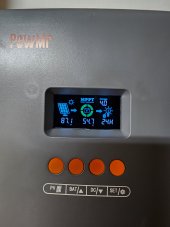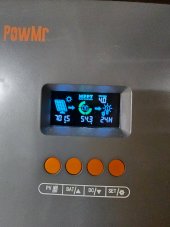This ^ since you have non-flexible busbars ANY expansion on those cells will cause a lot of stress on the terminals. If you find anyone who does not compress their LiFePO4 battery you will see they have to either use different busbars or reorient the cells differently so the busbars still work but cells have noticeable air gap between them. The Off grid garage YouTube guy does not compress his DIY batteries and Will Prowse did/does have a battery bank he also did not compress. Unfortunately this means you should rebuild your battery bank. If you do that looks like it won't fit on that shelf anymore.









